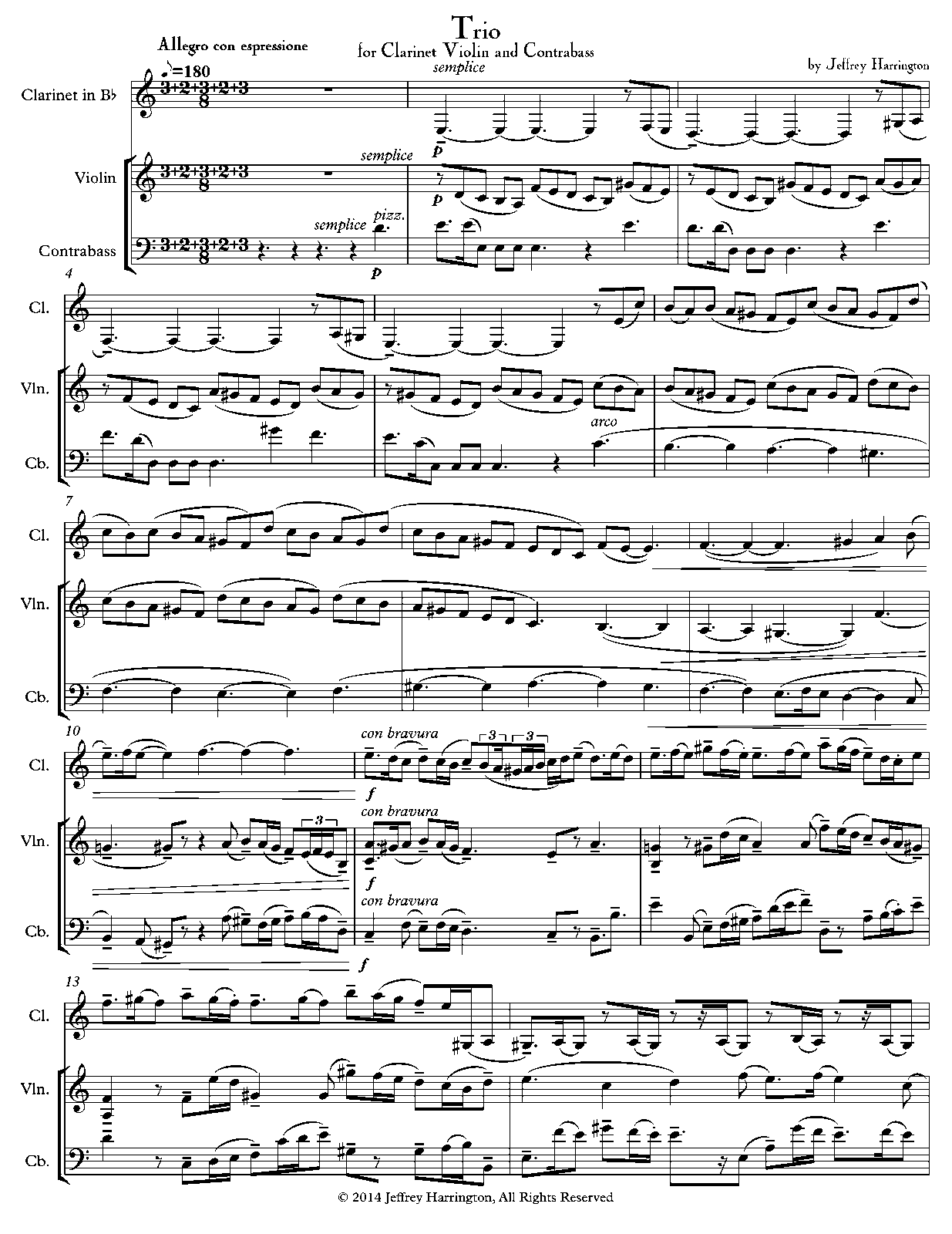

Trio für Klavier, Klarinette und Viola Es-Dur KV 498 KV 498 Trio for Clarinet, Viola, and Piano in E-flat Major, K. Trio Kegelstatt Kegelstatt Trio Trío Kegelstatt ケーゲルシュタット・トリオ Kegelstatt-trioen Trio för piano, klarinett och viola Kegelstatt-Trio Трио для клавира, кларнета и альта IMSLP does not assume any sort of legal responsibility or liability for the consequences of downloading files that are not in the public domain in your country.Ĭlarinet Trio Piano Trio Kegelstatt Trio Trio des quilles Please obey the copyright laws of your country. You may need to check the publication date and details of the work's first publication in order to determine the work's copyright status, especially for the United States. In the United States, copyright can only apply to new creative work, and the re-engraving of a public domain piece (not including new additions of creative material) should not qualify for a new copyright, despite copyright claims (which properly would only apply to new material). In most European Union countries, these editions (except new original material) are generally protected for no more than 25 years from publication (30 years in Poland). In Canada, new editions/re-engravings of public domain works (when not including new original material) should be in the public domain due to failing to meet the threshold of originality. This edition was published by Bärenreiter in Germany over 25 years ago and is in the public domain in its country of origin. Any commentary or critical apparatus, if protected by copyright, should not be included in the scan(s) available here. Following the climax the music quietly runs out of steam and stops.This is an urtext/critical/scholarly/scientific edition (or a simple re-engraving). When the piano becomes 'stuck' on a persistent figure the main theme returns and gradually grows into a broader and more lyrical statement. The impetus of the music grows and it bursts into compund time in the middle section.

A simple modal idea unfolds at the start of the finale and is developed throughout the movement in various different ways. However, it becomes transformed by the dreamy texture at the end. In the middle, the angst is replaced by drifting, dreamy textures before the main theme returns. It is decorated by the clarinet and the music builds to a powerful and sustained variation of the theme. The cello plays a brooding theme over an ostinato, at the start of the second movement. A more lyrical secondary theme contrasts with the jerky first theme presented by the clarinet, and both themes are combined in the middle section. The first movement has a slow introduction, presenting an important motif which is developed in the faster main section that follows. In the third movement, however, he experiments with minimalist techniques which he had become interested in during the year as Mozart Fellow. The first and second movements still show the influence of Bartok, a composer Ritchie had studied for his Ph.D earlier in the 1980s. This work straddles a stylistic change in the composer's output. The first performance took place in 1989, and the same ensemble recorded the work for radio later that year. It was composed for Peter Adams (clarinet) and Judith Williams (cello) to play, along with the composer at the piano. The Trio for Clarinet, Cello and Piano was composed in 1988 while the composer was Mozart Fellow at Otago University.


 0 kommentar(er)
0 kommentar(er)
